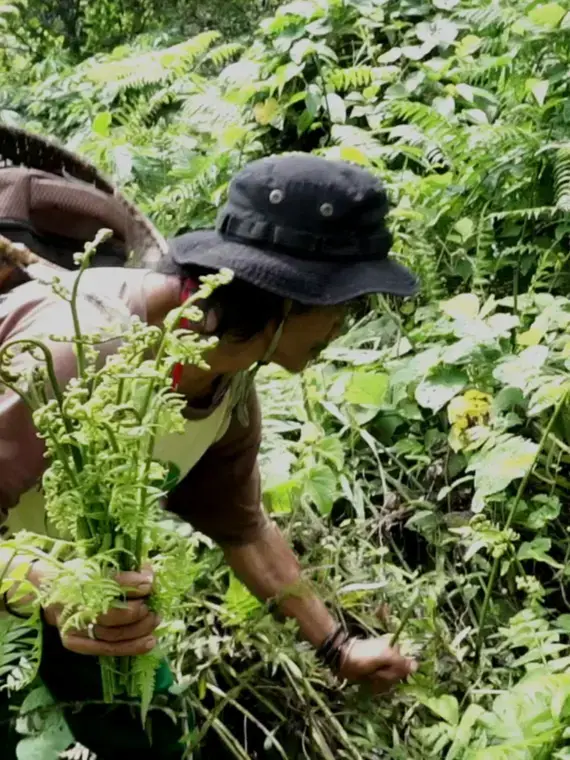The recognition of customary forests in Indonesia still has many problems. As of December 2022, the Indigenous Territory Registration Agency has registered 1,167 maps of Indigenous territories with an area of 21.3 million hectares covering Indigenous territories in 29 provinces and 142 districts/cities. The Indigenous Peoples Alliance of the Archipelago (AMAN) noted that throughout 2022 the government had only succeeded in establishing 105 customary forests with an area of 148,488 hectares.
However, Indigenous people also feel that their rights and requests have not been fully fulfilled because an area of 2,400 hectares of Indigenous territories is instead used by the government for a number of social forestry schemes, including village forests, community forests, community plantation forests, and partnerships.
All of these social forestry schemes have a period of use and management, ranging from 35 years, and can be extended. This condition makes customary forests not fully manageable, safeguarded, and used by Indigenous peoples. This also makes the areas identified as customary forests not yet released from their status as state forests. Social forestry may still be used for other interests in the name of investment.
This reporting project captures examples of customary forest management on at least two major islands in Indonesia, Kalimantan and Sumatra, areas that have been threatened by decades of development without regard for their sustainability, including the existence of Indigenous cultures that face extinction.









